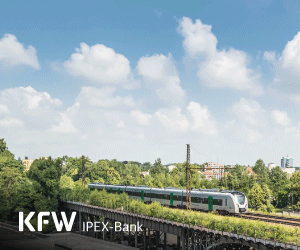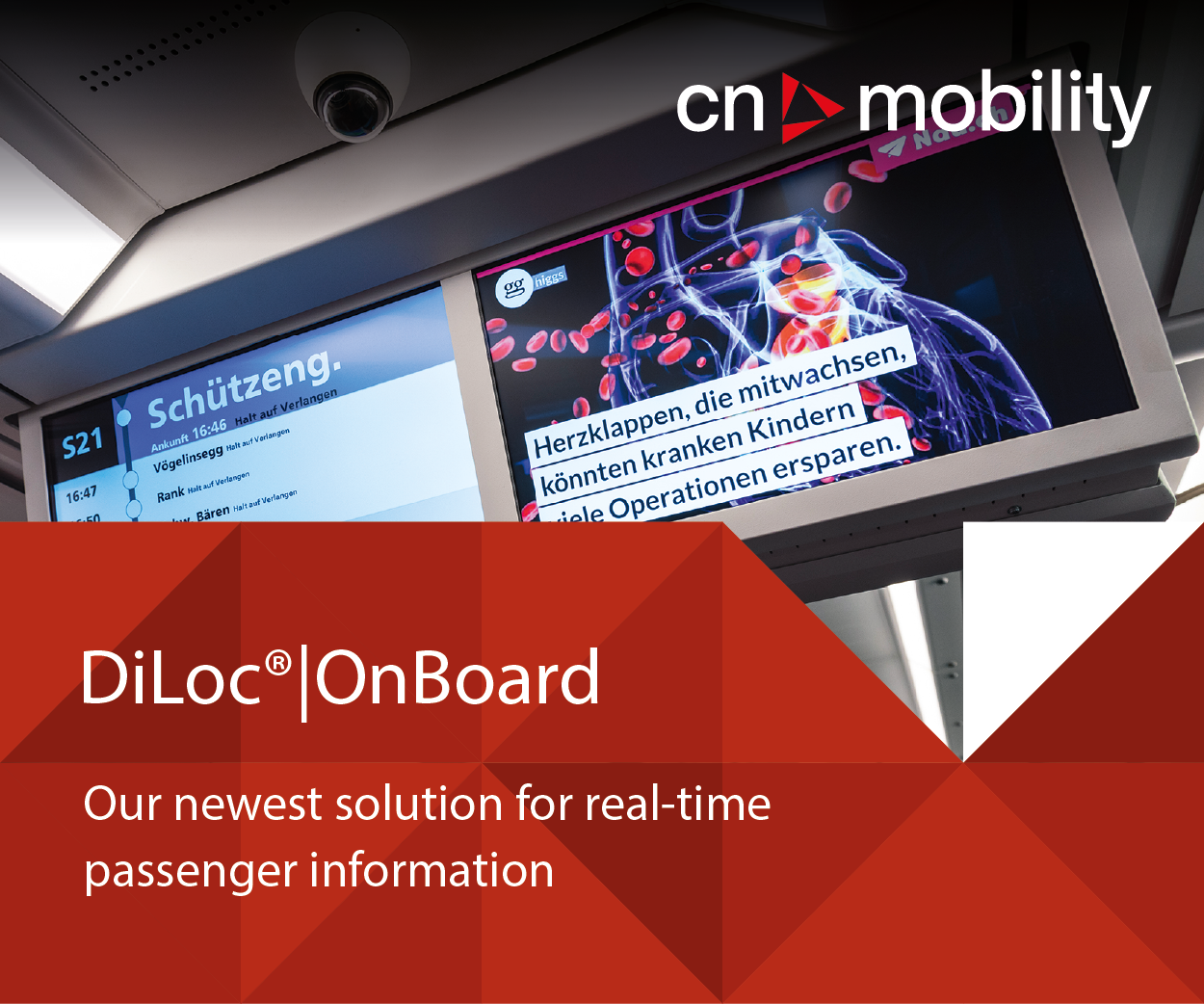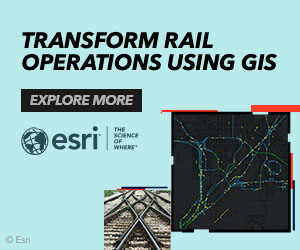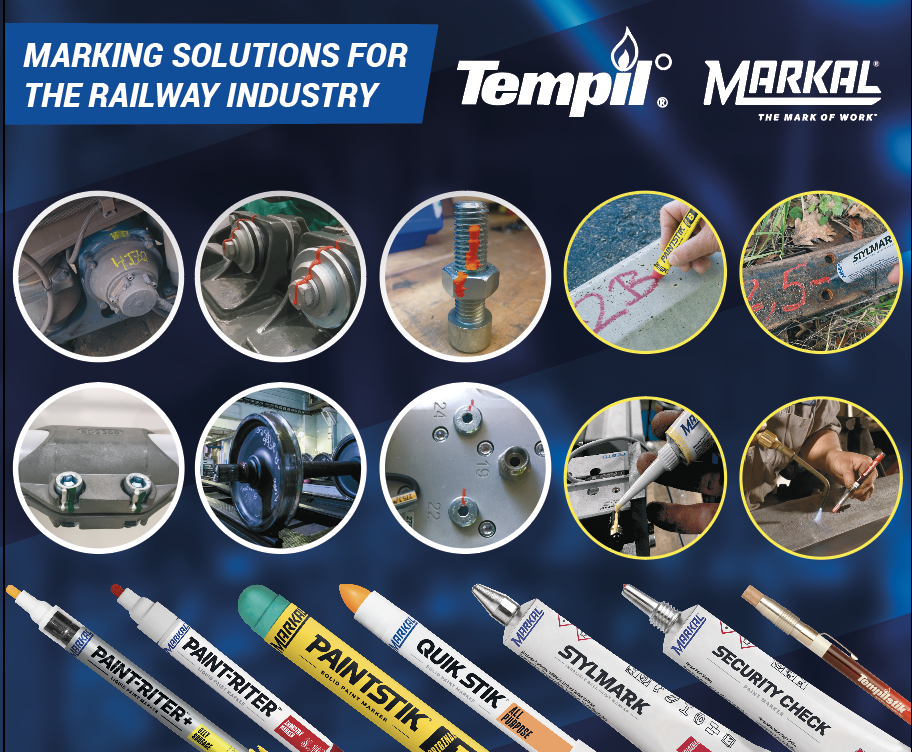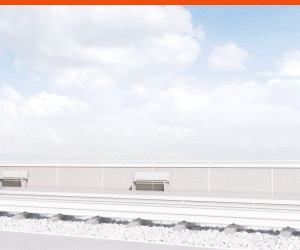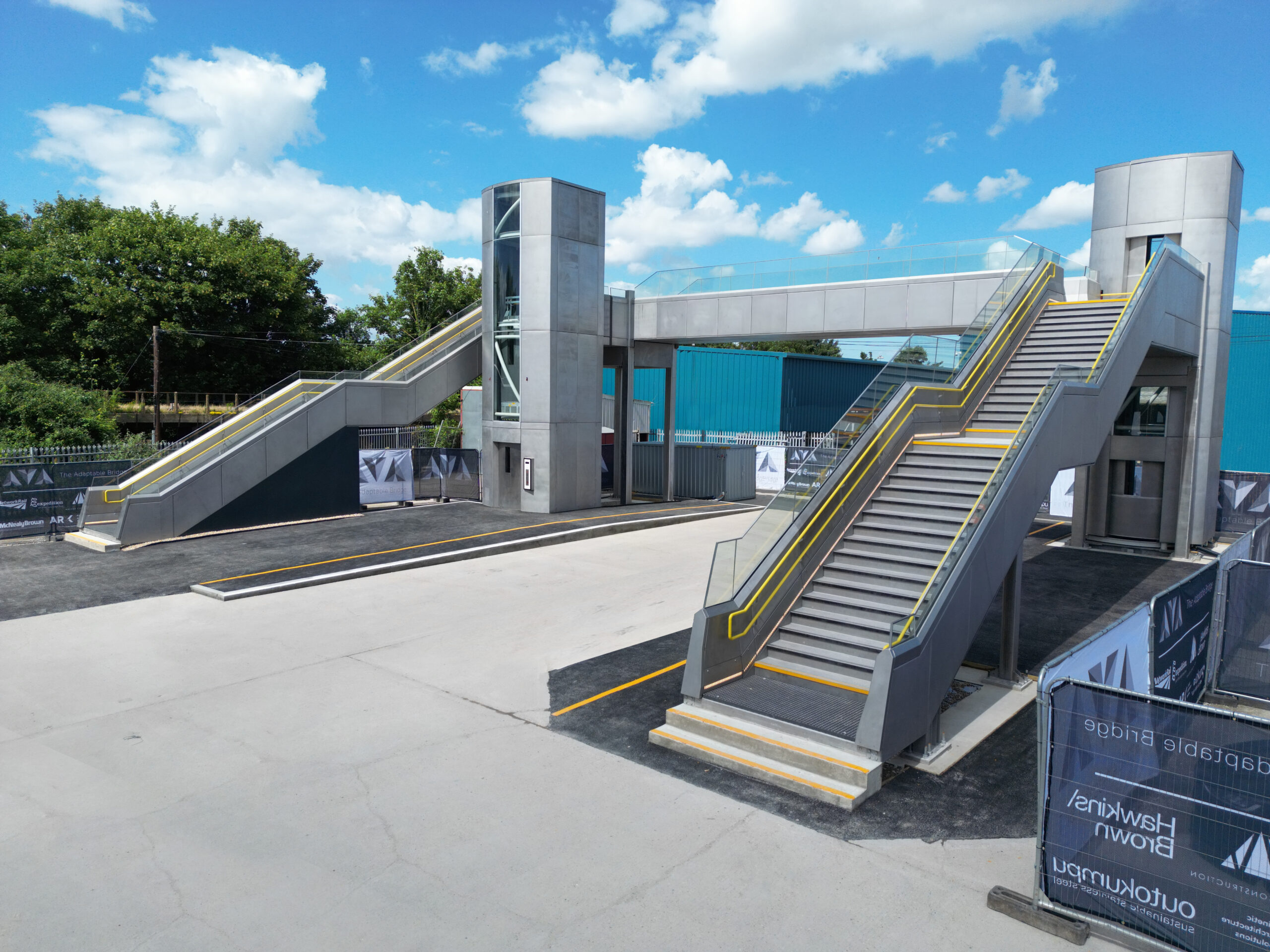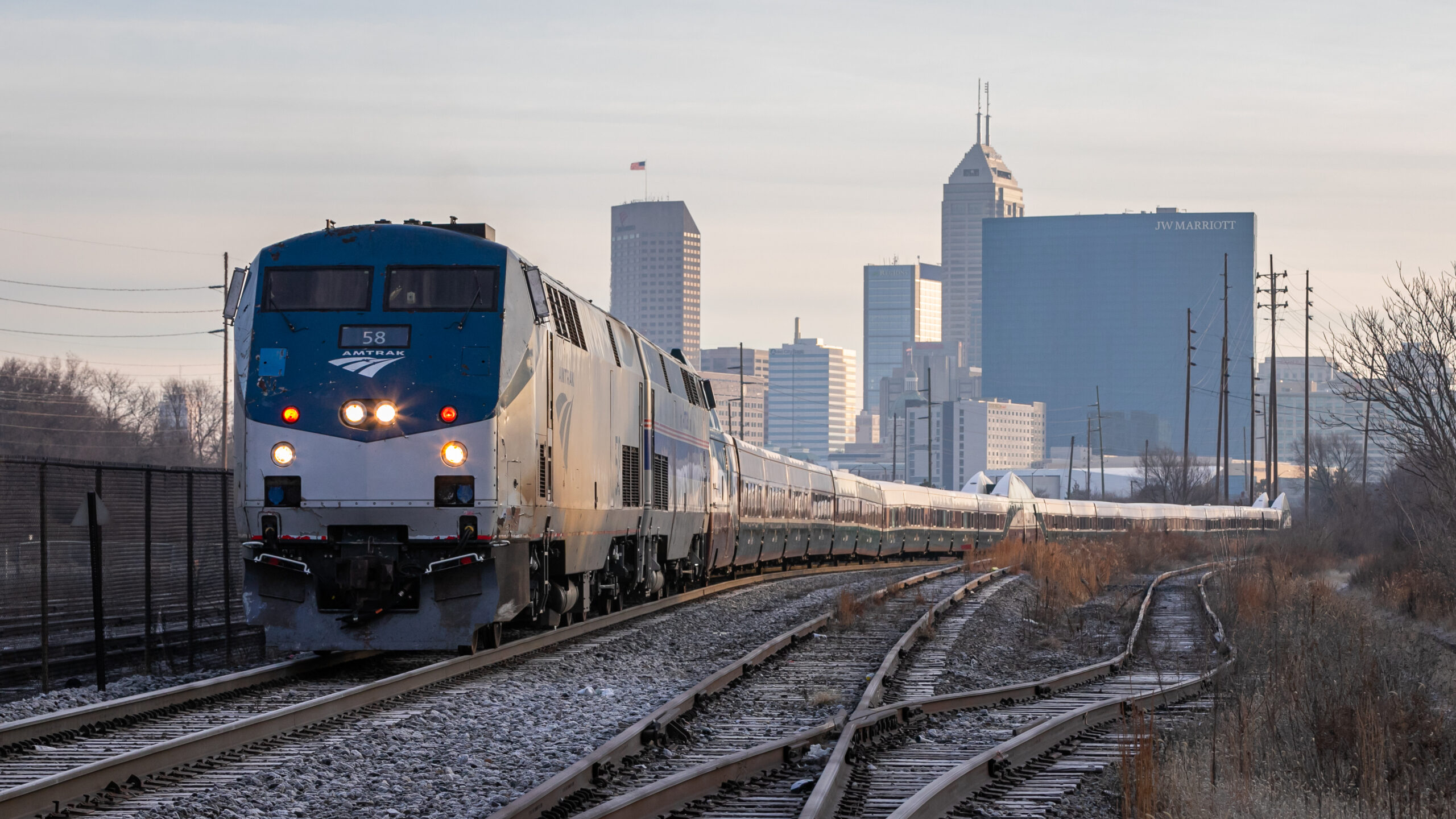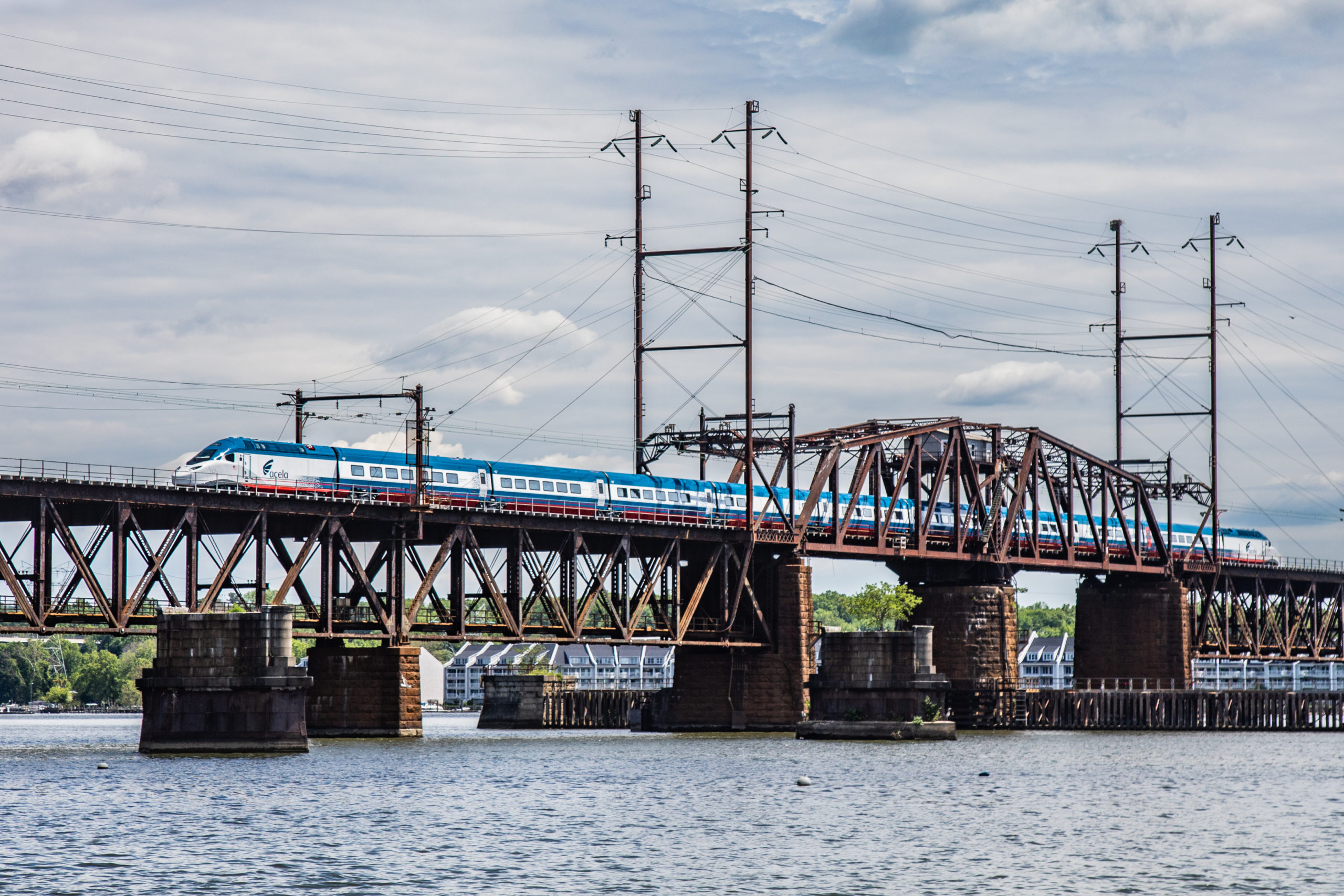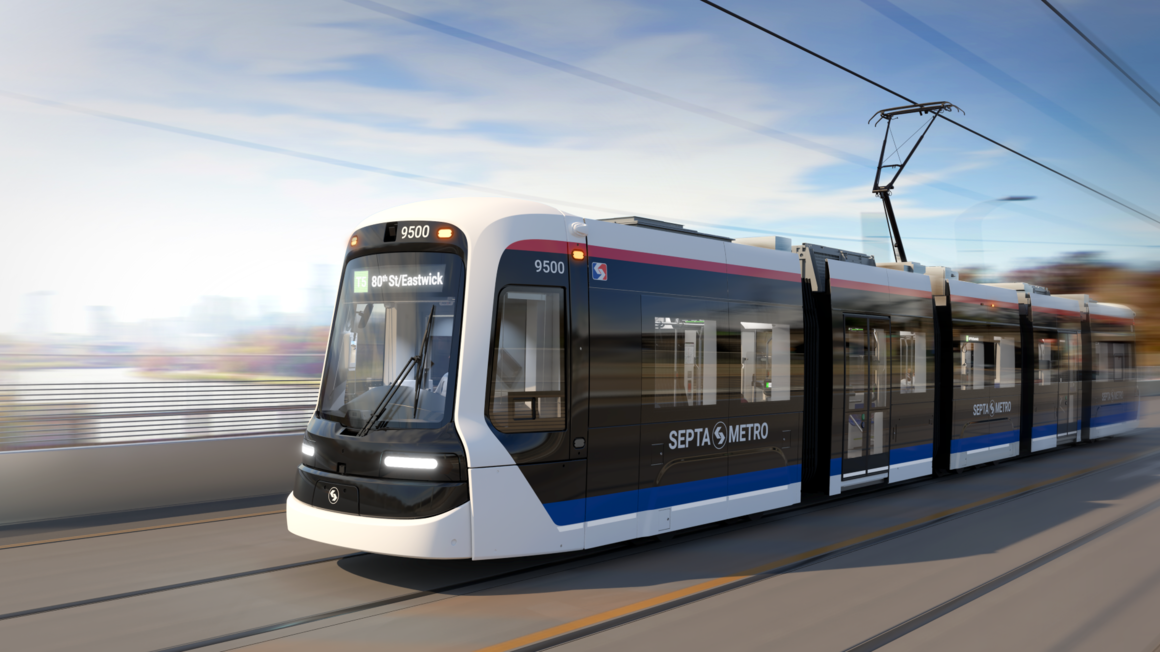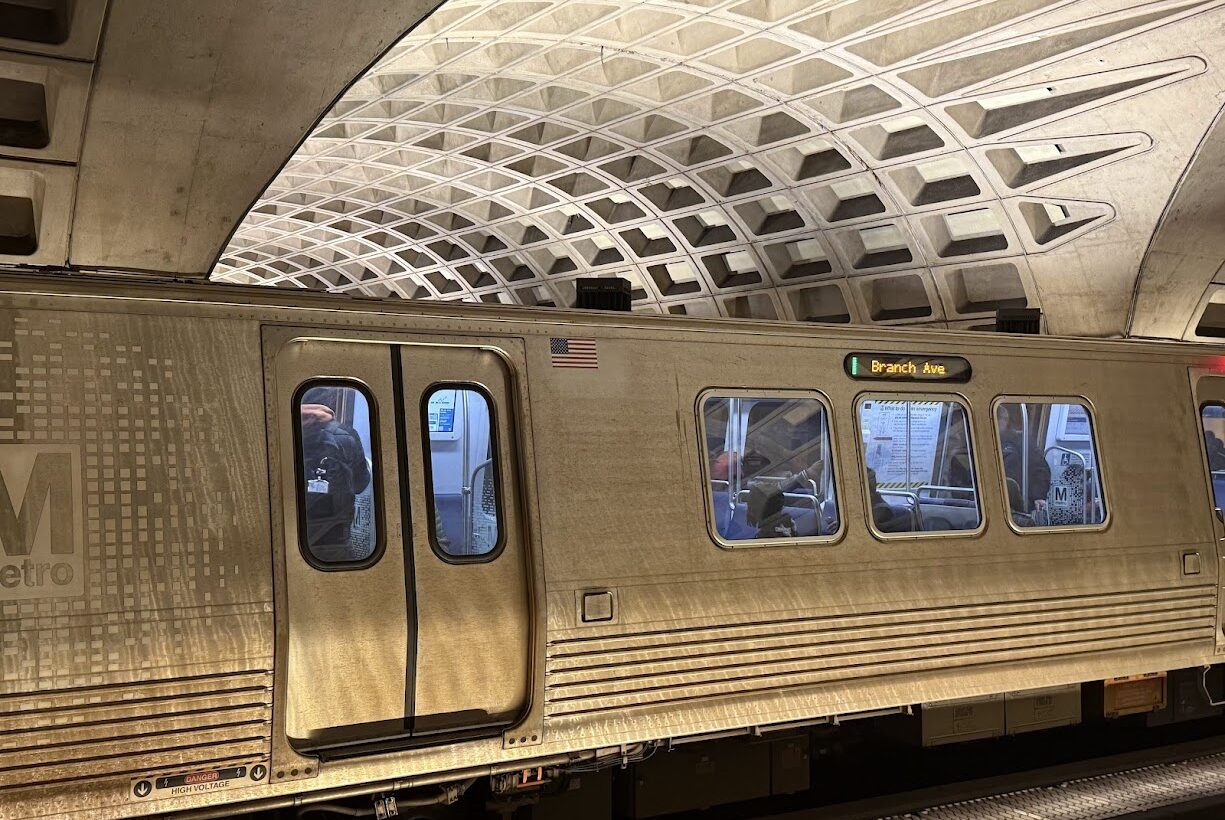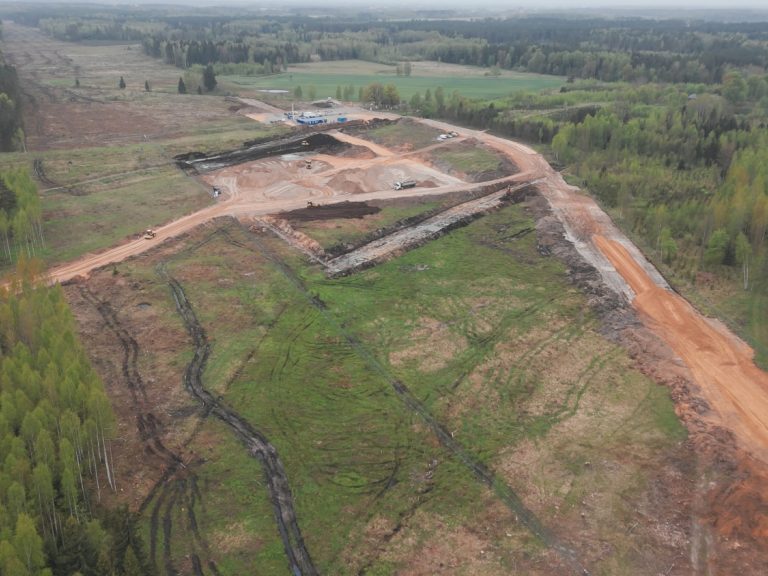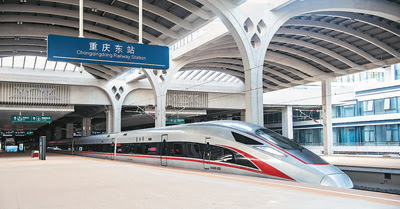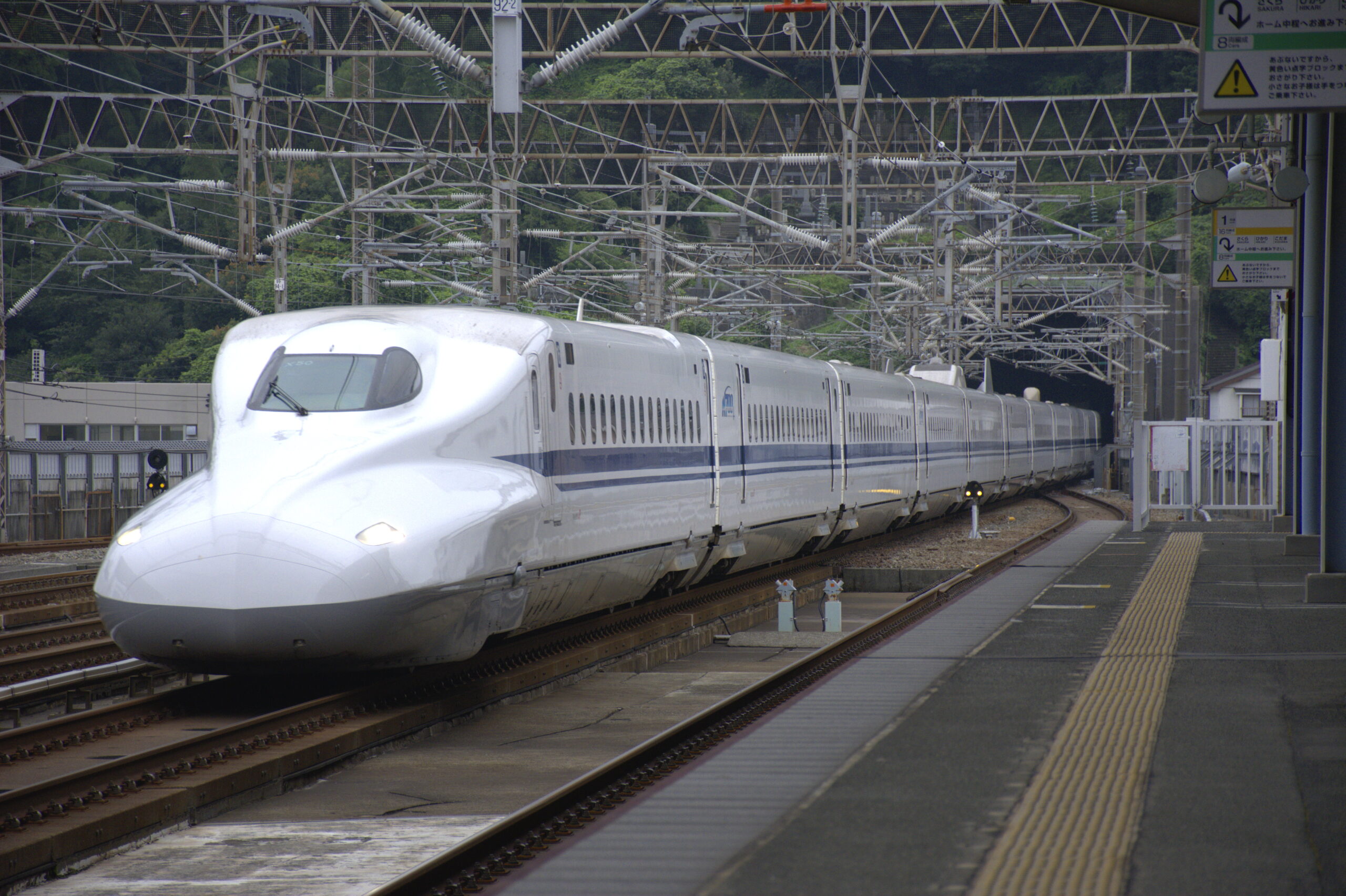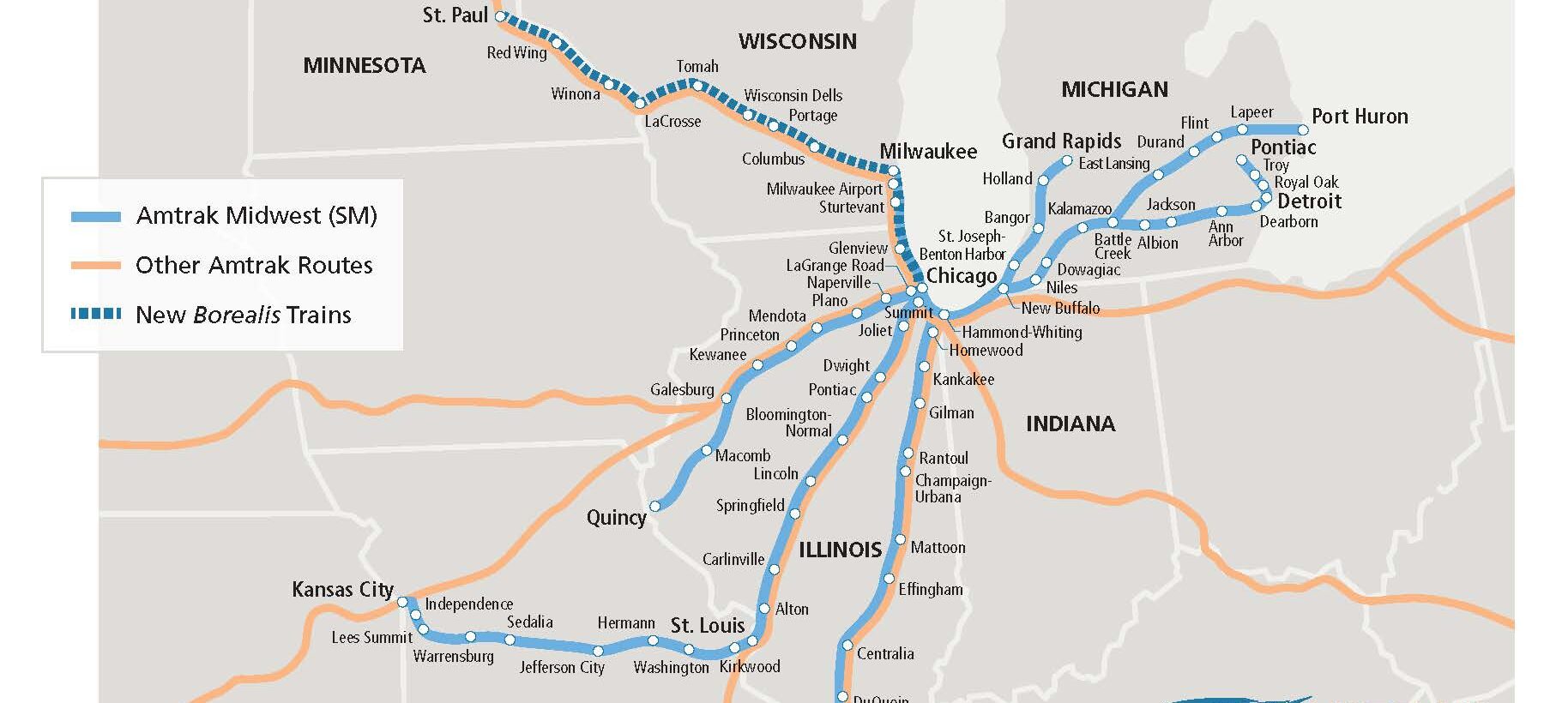The 2024 U.S. presidential election marked a sharp political shift, with Donald Trump returning to the White House and Republicans strengthening their presence in Congress. For the rail industry, this transition has raised pressing questions: What will happen to the momentum built under the Biden administration? Will federally backed rail initiatives continue, stall, or pivot in new directions?
Under President Biden, rail investment reached historic levels, particularly through the Infrastructure Investment and Jobs Act. Federal funding was committed to modernising Amtrak, expanding regional corridors, and advancing high-speed rail projects.
At Railway Interchange, industry experts in the rail sector explored whether the country’s new political chapter will mean a rollback in support. Their insights suggest that while the priorities of federal engagement may shift, opportunities for progress still exist if the industry can adapt its message and prove its value.

Adapting the Message to Match the Moment
During a panel hosted by RSI, speakers emphasised the importance of tailoring rail advocacy to resonate with the current political climate.
Robert Pearsall, Partnership Director at the US High Speed Rail Association (USHSR), noted that while the Biden Administration responded positively to arguments centred on climate and sustainability, those themes are less persuasive to the new administration. Instead, advocates should focus on rail as a powerful economic driver. For example, the California High-Speed Rail Administration has so far spent about 13.2 billion USD, while the economic impact has been around 22.1 billion USD. These kinds of figures, Pearsall argued, can speak to the priorities of the current administration.
Benji Schwartz, Director of Government Affairs and Advocacy at APTA, echoed this approach. He stressed that the core case for public transportation remains the same, but the framing must align with congressional interests. Although the narrative remains unchanged, the task now is to communicate the existing economic case in ways that are more relevant to members of Congress and their constituencies.
Schwartz said:It is not a matter of realigning, but more just a matter of how we try and get the same messages out to members of Congress.
We have always made the economic case for public transportation. We have been talking for years about public transportation's five-to-one return on investment. Now, it's just a matter of how we translate those larger numbers into a more personal case for Congress.
Rail as a Bipartisan Issue
With rail offering substantial economic benefits, Schwartz emphasised the need to address the misconception that public transportation, especially rail, is a blue-state or a new-city issue. Instead, infrastructure projects generate nationwide value, including in regions without trains. He highlighted that the rail supply chain creates jobs and economic activity across the country, and urged advocates to frame these projects in terms of local impact to secure political support. For example, when engaging with a member of Congress from Eastern Kentucky, the focus should be on how rail investment supports manufacturing plants and job creation in that specific region.
To further emphasise this point, Greg Regan, President at the Transportation Trades Department (TTD), stressed the need to truly consider the meaning of something “public”. This includes public roads, public schools, public libraries, public parks, and public transportation. He emphasised that anything public is “an investment in ourselves” and therefore benefits American communities.
Greg Regan said:When we talk about something public, we're investing in our communities for the benefit of the people that live in those communities. Whether it be educating our children or allowing people to get to their jobs and have job opportunities.
I think it is really important to bring that back and emphasise the investment in ourselves. This is not just about cost, it is about investment. It is about what we get out of it.
In light of this potential, rail can attract bipartisan support, which is arguably a necessity for the long-term success of a project. Indeed, Husein Cumber, Senior Advisor at Brightline Holdings, cited the importance of Brightline’s evolution across multiple administrations—from Obama to Trump to Biden to Trump. He noted that successful projects avoid being tied to any one political figure or party, as “the best projects are those that aren’t only right when the right person is in office.”
Infrastructure Investment and Jobs Act (IIJA)
Notably, the Infrastructure Investment and Jobs Act (IIJA), also known as the Bipartisan Infrastructure Law (BIL), received support from both Democrats and Republicans in Congress. It was signed into law under Biden’s leadership in November 2021, authorising 1.2 trillion USD for infrastructure spending, including a significant focus on transportation.
However, for decades prior to this investment, rail infrastructure in the U.S. suffered from chronic underfunding. Regan noted that much of the IIJA funding has necessarily gone toward addressing deferred maintenance and tackling long-standing structural issues. This makes it harder for the public and policymakers to immediately see the transformational impact of the investment.
Alongside stabilising the system and catching up on neglect by fixing what is broken, Regan argued that this foundation should be built upon to expand services. He pointed to the new Borealis route between St. Paul and Chicago as an example of what’s possible. The daytime service has become one of Amtrak’s best-performing routes, proving that when reliable service is offered, the demand is there. Consequently, the route’s ridership figures can explicitly show Congress the benefits of investing in rail.
High-speed rail, however, arguably faces a greater challenge. Projects like California High-Speed Rail are still under construction, so have not yet demonstrated their long-term benefits. While 12.5 billion USD was allocated to high-speed rail under the IIJA, Pearsell noted that “this administration is not going to allocate another dollar” to the sector. He thus stressed the importance of protecting the remaining 4 billion USD of the 12.5 billion USD allocation so it is still directed to rail projects, albeit only those that follow a model the administration supports. This is likely to favour projects led by private companies. Brightline, for instance, has applied for a 500 million USD grant for rolling stock—an application Pearsell expects to succeed.
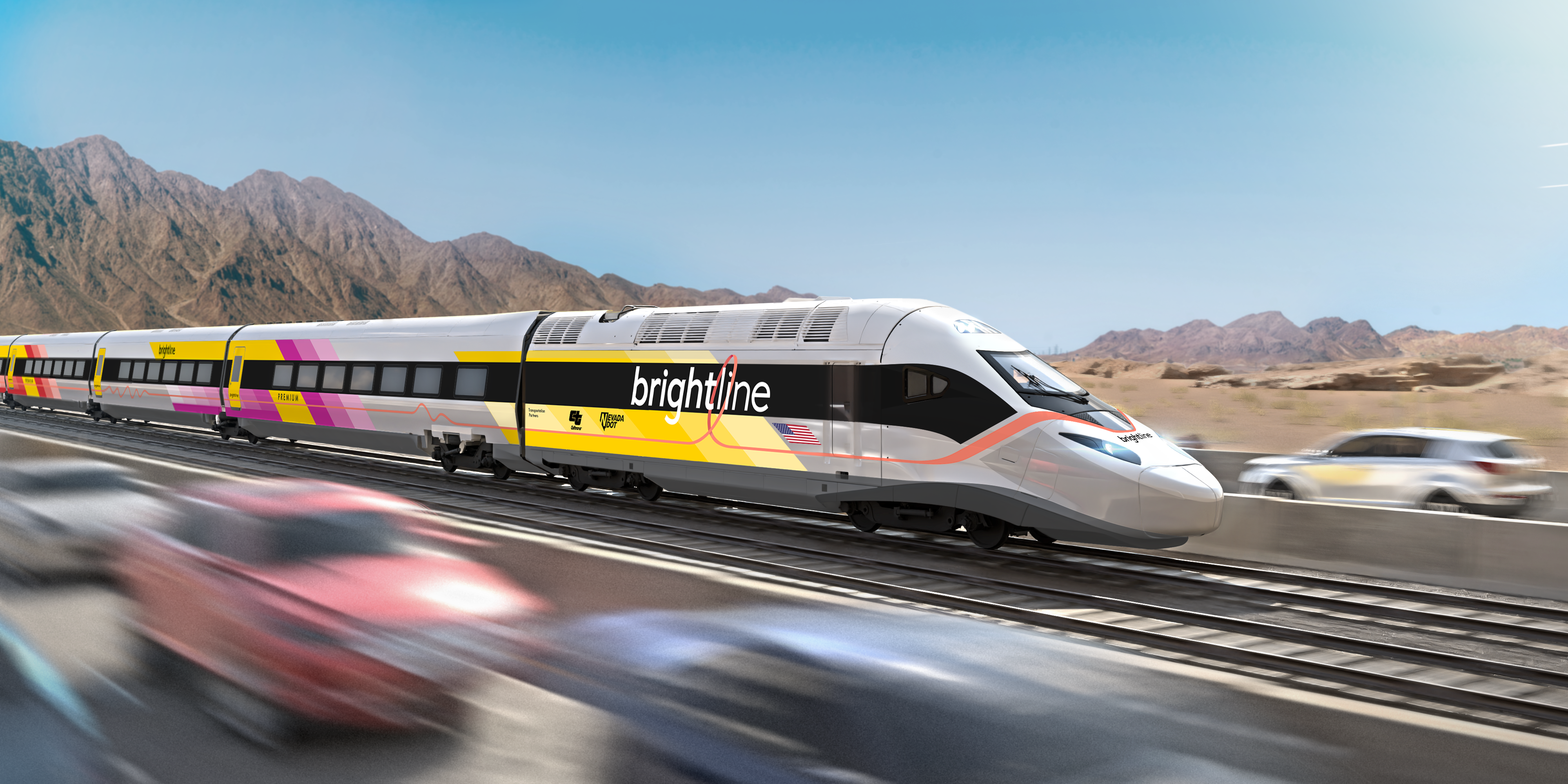
By contrast, publicly-led high-speed rail projects have come under scrutiny. President Trump has criticised California High-Speed Rail, and in February, the US Department of Transportation launched a review to reassess its federal support. Meanwhile, a 63.9 million USD federal grant for the Texas High-Speed Rail project was rescinded in April, removing public involvement. This decision was discussed in detail at Railway Interchange, where industry leaders considered the future of the Texas project, as well as the wider implications for rail investment across the US.
The Case for Federal Funding
Amid the reassessment of these grants, Benji Schwartz noted that the overall messaging coming out of Washington has been confusing to stakeholders, sending a destabilising message. This atmosphere of unpredictability, he argued, is harmful to large-scale infrastructure projects that rely on long-term planning and investment certainty.
Moreover, this unpredictability may undermine the very approach the administration seems to favour: private investment. Greg Regan, President of the Transportation Trades Department (TTD), AFL-CIO, stressed that private capital tends to follow strong federal leadership. When the government demonstrates long-term commitment through reliable funding, it builds the confidence needed for private partners to invest. Without that federal foundation, private sector enthusiasm may also wane.
Overall, Railway Interchange highlighted that the rail industry is navigating a new political landscape. The return of a Republican-led administration and Congress introduces a degree of uncertainty for publicly funded transportation initiatives. However, the insights shared suggest that with the right framing, the case for rail remains strong and, crucially, bipartisan.
Economic development, job creation, and private-sector partnership resonate across party lines. By emphasising these benefits and demonstrating real-world success stories, rail advocates can position the industry as a smart investment in America’s future, rather than a partisan agenda.
Momentum should be built by focusing on visible wins, tailoring messages to political realities, and protecting what funding remains. Ultimately, the future of US rail will depend not only on who holds power in Washington but also on how effectively the industry makes the case for rail as a tool for national growth, local opportunity, and long-term resilience.
Stay tuned or subscribe to Railway-News for continued coverage from Railway Interchange, including a deeper dive into the economic benefits of rail investment.




